Image Annotation
In the rapidly evolving landscape of artificial intelligence (AI) and machine learning (ML), the precision of your data is paramount. At LabelCo.Ai, we specialize in delivering top-tier image annotation services, ensuring your models are trained on data of unparalleled accuracy.
What is Image Annotation
Image annotation involves meticulously labeling images to make them comprehensible for machine learning algorithms. This foundational process is vital for tasks such as image segmentation, object detection, and image classification. High-quality annotations empower your AI models to interpret visual data effectively, leading to more reliable and robust outcomes.
Why Choose LabelCo.Ai?
Trained human annotators
Secure, scalable, and accurate
Fast turnaround time
Affordable pricing for startups and enterprises
Custom workflows for every industry
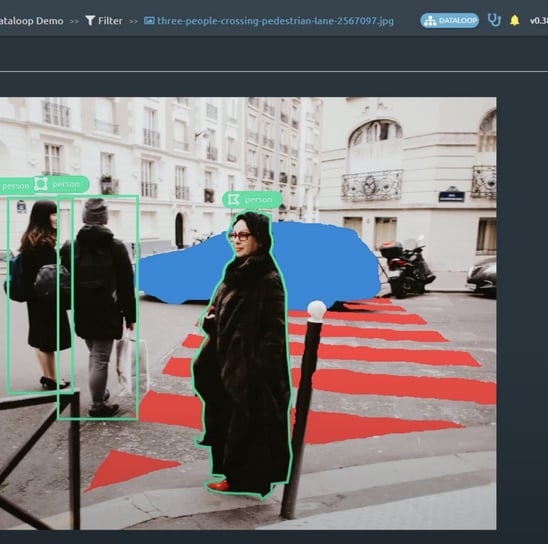

150+
250+
Annotators Onboarded
Happy clients
Bounding Box Annotation
What it is: We draw simple rectangles around objects like people, vehicles, animals, and more.
Why it matters: This is the most popular and widely-used method in computer vision. It helps AI systems learn to spot and locate objects in any image or video.
Where it’s used: Self-driving cars, retail inventory systems, security cameras.
Polygon Annotation
What it is: Instead of just drawing a box, we trace the exact shape of an object—even if it's irregular like a tree, airplane, or a spilled liquid.
Why it matters: It gives AI a better understanding of complex and curved shapes, which boxes can’t capture accurately.
Where it’s used: Drones, aerial imagery, agriculture, robotics, fashion.
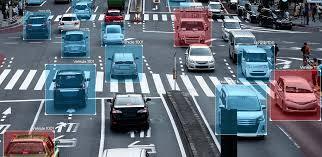

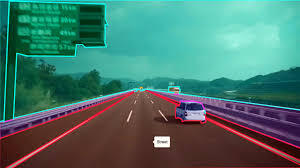

Semantic Segmentation
What it is: We divide an image into tiny parts and label every single pixel. So, if there’s a picture of a street, we mark the road, buildings, sky, and trees pixel-by-pixel.
Why it matters: It helps AI systems understand every part of the image in great detail.
Where it’s used: Medical imaging, smart cities, autonomous navigation, and environmental monitoring.
LiDAR Annotation (3D Point Cloud)
What it is: We label 3D data captured by special sensors (like those on self-driving cars). It’s like seeing the world in 360 degrees with depth.
Why it matters: LiDAR annotation helps machines understand distance and surroundings in real-time, not just flat images.
Where it’s used: Autonomous vehicles, robotics, drones, and geospatial mapping.
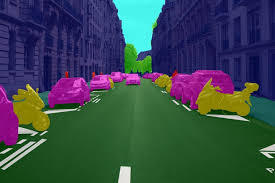

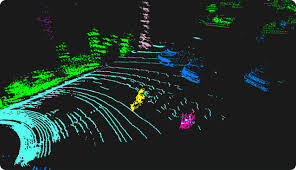

Image Classification
What it is: We tell the AI what’s in an image—like “house,” “farm,” “office,” or “forest.”
Why it matters: It turns raw image data into clear categories so that machines can learn faster and perform smarter.
Where it’s used: E-commerce, real estate, agriculture, and land use mapping.
3D Cuboid Annotation
What it is: We create 3D boxes around objects, so AI learns not just what an object is, but also its size and depth.
Why it matters: This helps machines calculate how far or near something is, especially while moving.
Where it’s used: Self-driving cars, warehouse robots, and industrial automation.
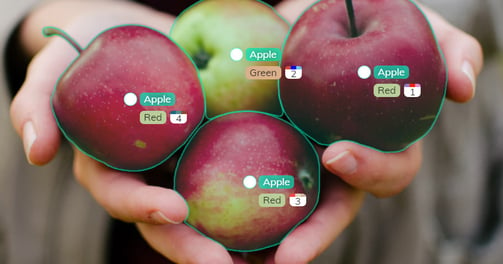

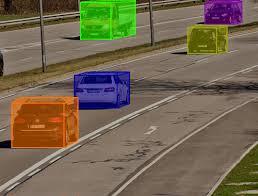

Keypoint Annotation
What it is: We mark key points like eyes, hands, elbows, knees—any small feature of a person or object.
Why it matters: It helps AI understand body movements, facial expressions, and gestures.
Where it’s used: Fitness apps, facial recognition, gaming, and emotion detection.
Polyline Annotation
What it is: We draw lines along roads, lanes, or borders in images.
Why it matters: It trains AI to understand boundaries and pathways, helping it stay on track.
Where it’s used: Autonomous driving, map creation, city planning.
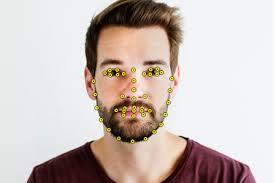

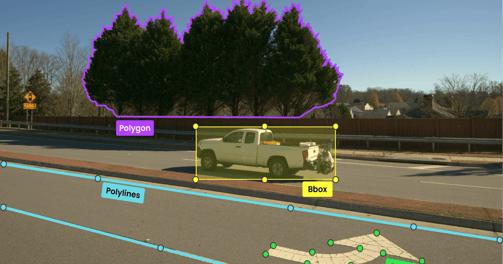

Our 5-Step Process
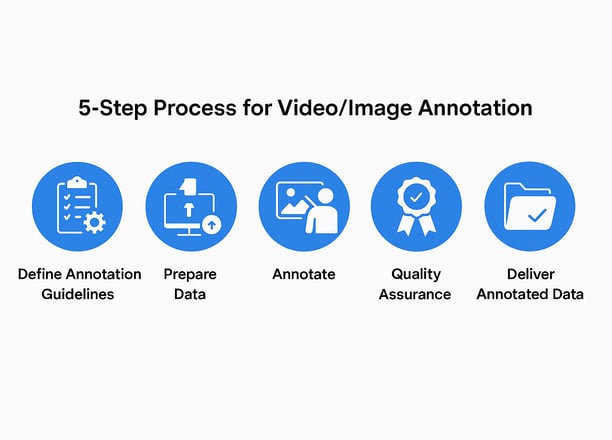

2. Skilled Team Deployment
Pre-trained annotators aligned by domain
3. Tool & Workflow Set-Up
Use of industry tools like CVAT, Label Studio, Roboflow or custom platforms.
1. Consult & Scope
Define goals, label types, and project expectations
Live feedback loops with analytics
Dataset ready for ML training with precision scoring
4. Real Time QA
5. Final Delivery & Review
Industry Use Cases for Image Annotation
1. Autonomous Vehicles (ADAS & Self-Driving Cars)
Use Case: Annotating road elements such as vehicles, pedestrians, lane lines, traffic signs, signals, and road boundaries.
Why It Matters: Enables AI to detect and respond to real-world driving scenarios in real time.
Annotation Types:
Bounding boxes
Semantic segmentation
3D cuboids
Polyline annotation
2. Healthcare & Medical Imaging
Use Case: Annotating X-rays, MRIs, CT scans, and ultrasound images to identify tumors, organs, abnormalities, or anatomical landmarks.
Why It Matters: Powers diagnostic support tools, radiology automation, and early disease detection models.
Annotation Types:
Polygon annotation
Pixel-level segmentation
Keypoint annotation
3. Retail & E-Commerce
Use Case: Tagging product images to train visual search engines, recommendation models, and virtual try-on apps.
Why It Matters: Improves product discoverability and enhances user shopping experience.
Annotation Types:
Object detection
Classification
Attribute labeling (color, size, brand)
4. Agriculture & AgriTech
Use Case: Annotating satellite and drone images to detect crop health, pest infection, plant counting, or soil quality.
Why It Matters: Enables precision farming and real-time crop monitoring for higher yield and efficiency.
Annotation Types:
Semantic segmentation
Bounding boxes
Region annotation
5. Real Estate & Property Tech
Use Case: Annotating floor plans, building layouts, and property images for smart listings, measurement tools, and virtual tours.
Why It Matters: Helps AI tools identify room types, square footage, and object placement.
Annotation Types:
2D/3D labeling
Object detection
Area tagging
6. Sports & Fitness
Use Case: Annotating athlete movements, ball trajectories, and postures for performance analysis or AR/VR training apps.
Why It Matters: Enhances player tracking, coaching analytics, and immersive experiences.
Annotation Types:
Keypoint annotation
Object tracking
Action recognition
7. Robotics & Automation
Use Case: Training robots to detect objects, navigate spaces, and perform tasks using visual inputs.
Why It Matters: Critical for robotic arms, warehouse navigation, and industrial automation.
Annotation Types:
Instance segmentation
Depth annotation
Object detection
8. Security & Surveillance
Use Case: Identifying people, objects, and suspicious activities in CCTV footage or images.
Why It Matters: Supports facial recognition, behavior analysis, and anomaly detection.
Annotation Types:
Bounding boxes
Facial landmark annotation
Movement tracking
Frequently asked questions
Do you support image annotation at scale?
Answer:
Yes. Our trained workforce and AI-assisted tools enable us to annotate thousands to millions of images, with guaranteed accuracy and turnaround time.
Can I provide my own tool or platform?
Answer:
Absolutely. We can work on your proprietary annotation platform, or you can use ours. Our team is flexible and experienced with most major tools in the industry.
How do you ensure annotation quality?
Answer:
We maintain high accuracy through:
Multi-pass QA review
Annotator training and performance tracking
Feedback loops and client-specific guidelines
Optional consensus-based labeling for complex tasks
Is my data secure with LabelCo.Ai?
Answer:
Yes. We follow strict security protocols, NDAs, and are GDPR/SOC 2-compliant. Your data is handled in secure environments by trusted professionals.
How do I get started?
Answer:
Just send us your project requirements and sample data. We’ll evaluate it, run a test cycle, and provide a proposal tailored to your timeline, budget, and goals.
LabelCo AI
Expert data annotation for AI and machine learning.
Contact
HELLO@labelco.ai
+91-9711151086
Get a custom quote for your annotation project
© 2025. All rights reserved.
